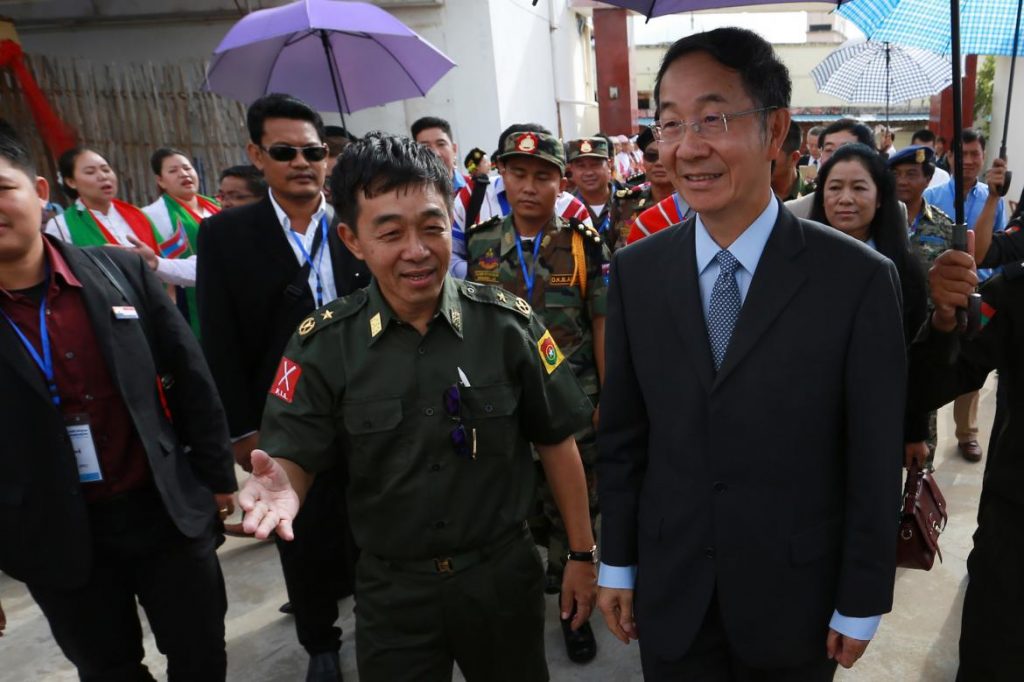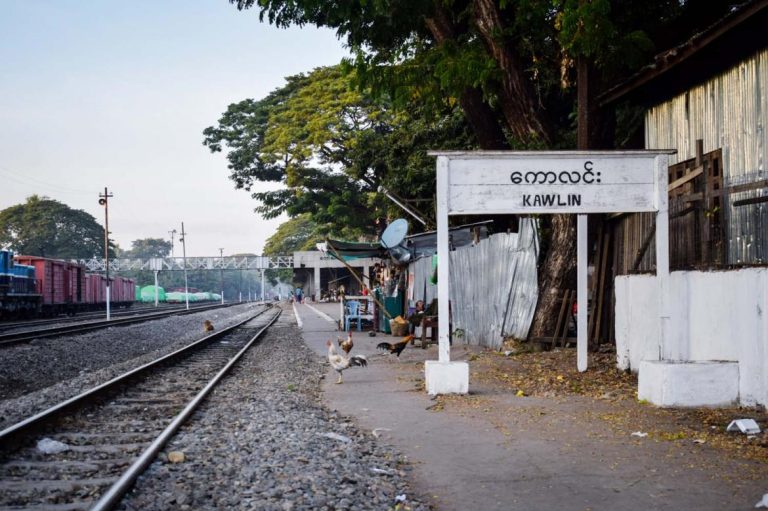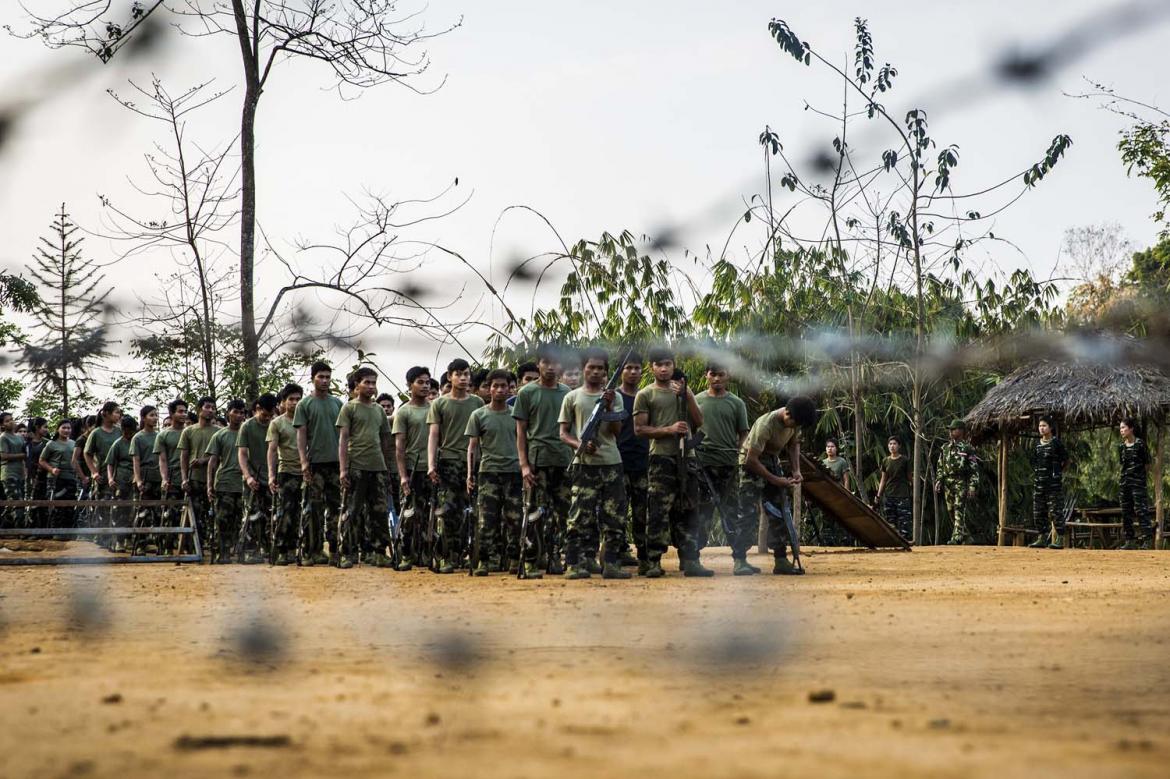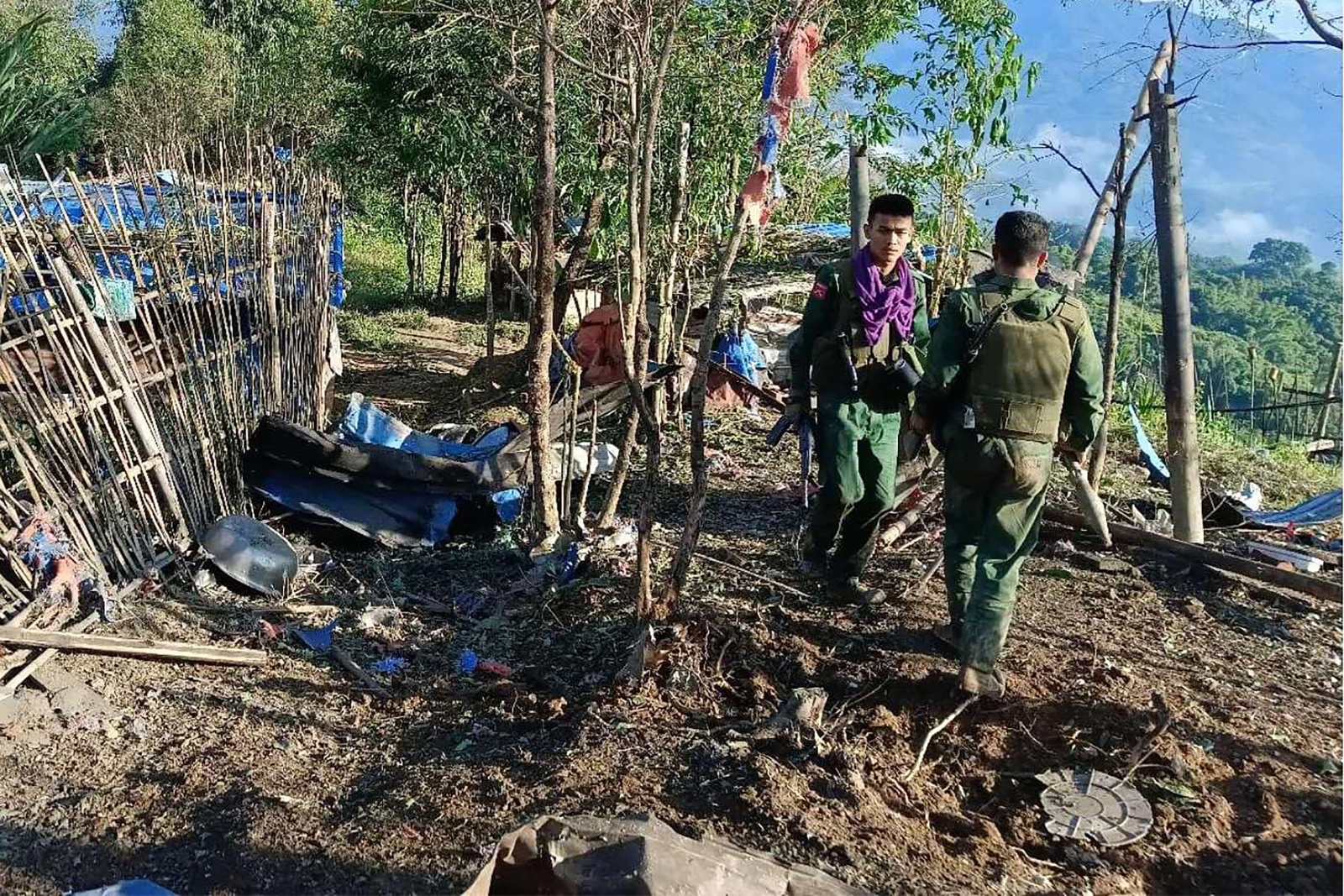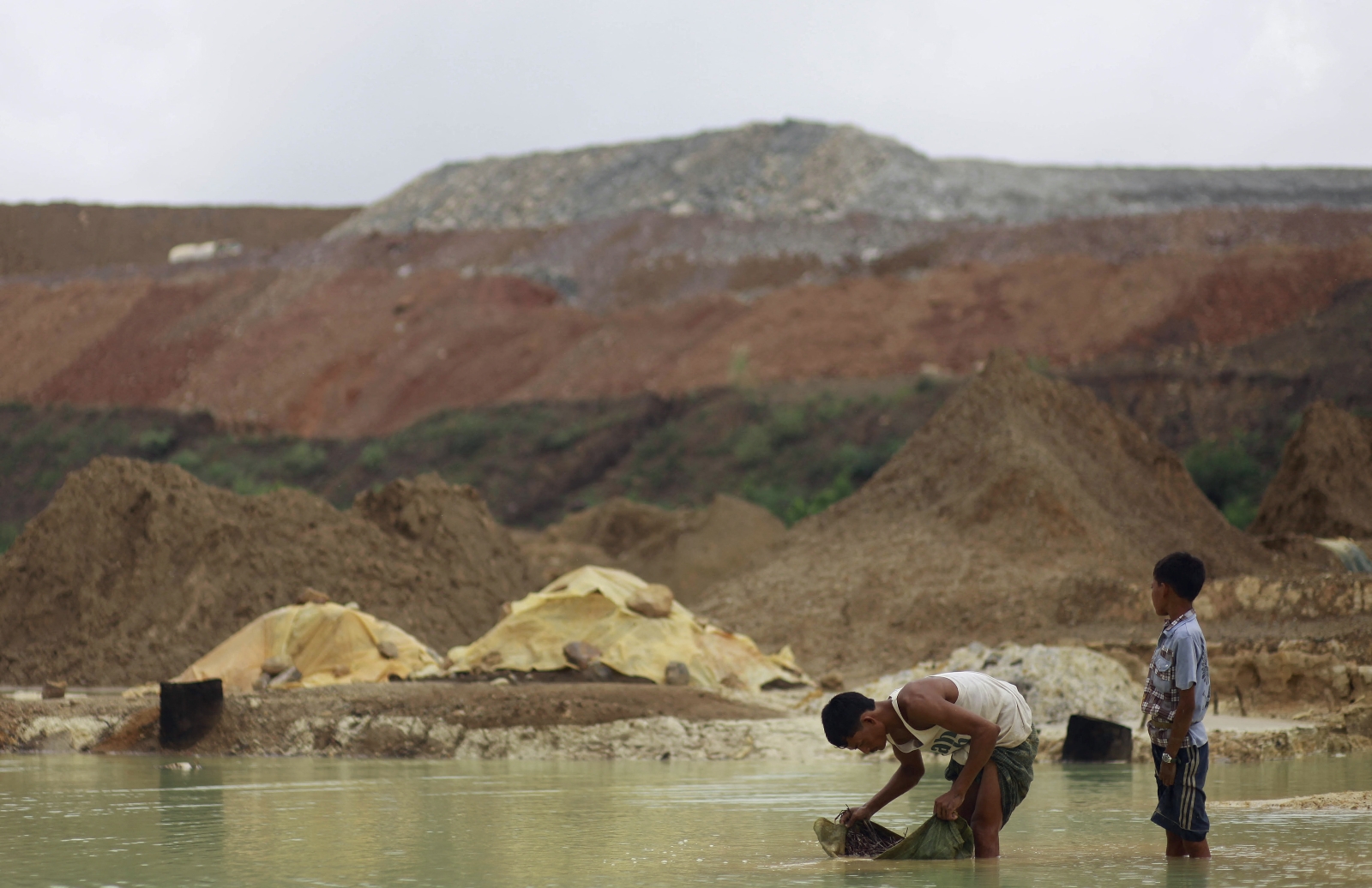The presence of a Chinese diplomat at a conference of Myanmar’s armed ethnic groups has focussed attention on Beijing’s interest in a successful outcome to the peace process.
By SITHU AUNG MYINT | FRONTIER
THE CONFERENCE of ethnic armed groups held at Mai Ja Yang in Kachin State from July 26 to 30 was significant because of who was represented at the event.
The conference brought together the eight ethnic groups that signed the Nationwide Ceasefire Agreement last October, as well as most of the non-signatories. It was also attended by representatives of other ethnic minority organisations.
Also conspicuous by their presence at the conference, held near the border with China in territory controlled by the Kachin Independence Army, were Mr Vijay Nambiar, the United Nations Secretary General’s special adviser on Myanmar, and China’s special envoy on Asian affairs, Mr Sun Guoxiang.
Perhaps it was unusual that China was the only other country to be represented at the conference by a diplomat.
Support more independent journalism like this. Sign up to be a Frontier member.
This week I would like to discuss China’s attitude towards the peace process and its interest in a peaceful Myanmar.
In an address on the opening day of the conference, Sun said China would support and promote the “internal peace process” in Myanmar, to which Beijing has already contributed.
Sun said China had donated US$3 million, through the United Nations, to the Joint Monitoring Committee. The JMC includes representatives of the Tatmadaw and the eight groups that signed the ceasefire accord last October.
A brief history lesson is necessary to help understand China’s attitude toward the peace process launched by the military-backed government of President U Thein Sein.
Myanmar gained independence in January 1948 and in October the following year, Chairman Mao Zedong proclaimed the establishment of the People’s Republic of China. In June 1950, the then Union of Burma became one of the first non-communist countries to recognise the PRC.
Although a civil war erupted in Myanmar after independence, the Anti-Fascist People’s Freedom League government enjoyed good relations with Beijing and the two sides were able to accomplish the demarcation of the border. In 1962, General Ne Win seized power in a coup and formed a revolutionary government to rule the country.
Relations between the Ne Win government and China deteriorated in 1967 during the so-called Cultural Revolution, when there were riots in Yangon and other towns in which many residents of Chinese descent were massacred. Houses, shops and other businesses owned by Sino-Burmese were looted and thousands of them fled to Hong Kong, Macau, Thailand and elsewhere. Among the buildings targeted by mobs were the Chinese embassy and the New China News Agency.
Beijing reacted to the outburst of anti-Chinese sentiment by arming Myanmar communist cadres in China and sending them into Shan State to fight against the government. In March 1968, China formed military units that fought against the Tatmadaw under the flag of the Burma Communist Party. Ne Win later tried to reconcile with China, but most of the BCP forces remained in Shan State.
Ne Win was ousted in 1988 and in September of that year the military seized power to quell a national uprising. The next year, in March and April, the BCP fell apart in a mutiny. Wa, Kokang, Mong La and Kachin units left the BCP and agreed bilateral ceasefires with the new military government.
Following the collapse of the BCP, the Chinese government established cordial relations with the junta and defended it in the international community.
A consequence of warmer ties was that China was able to earn considerable benefit from doing business both in border regions, which had become more stable under the ceasefires, and elsewhere in Myanmar. China was able to reap rich rewards from the extraction of jade, timber and other natural resources.
China has huge investments in Myanmar. They include the pipelines delivering oil and gas to its southern Yunnan Province from Kyaukphyu in Rakhine State, where it is also building a deep-sea port, and the Letpadaung copper mine. China has also invested heavily in the Myitsone Dam, on which it is seeking a resumption of work after the project was suspended in 2011 for the term of the previous government.
Recent history shows that a lack of stability along the border harms China’s interests. Beijing understands very well that China did not benefit from the fighting in the Kokang region early last year, which sent thousands of ethnic Chinese fleeing to across the border to their ancestral homeland.
The Chinese government is therefore supportive of moves by Myanmar to maintain stability in border regions and this is one reason why Beijing backs the peace process. Its support is important for the peace process because many of the armed ethnic groups in Myanmar, including some of the biggest, are based in border areas.
The quest for peace in Myanmar will not be solved by an inclusive ceasefire alone. The next step after broad agreement on a ceasefire will be a political dialogue that will focus on achieving national reconciliation and the creation of a federal state. There will be no need for China to be involved in the dialogue. It will involve issues that can only be resolved by our Myanmar citizens.


